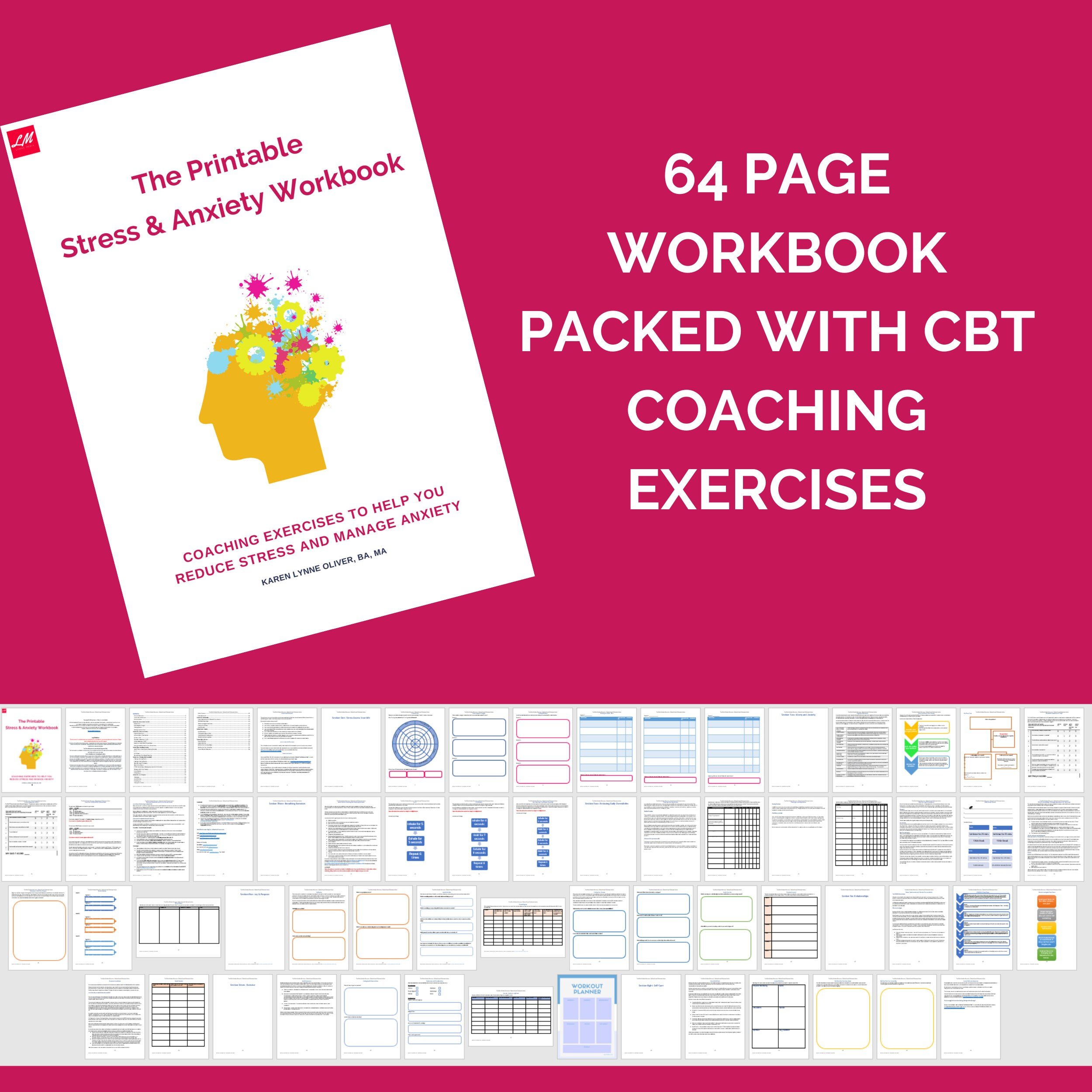How to Create a Personalised Stress-Relief Routine: Tips for Finding What Works for You
Creating a personalised stress-relief routine can be your anchor of calm in a world that often feels like it's spinning faster than we can keep up with. Stress can be relentless, but having a routine tailored to your unique needs can help you navigate the stormy seas more easily. If you’ve ever felt overwhelmed by generic advice or struggled to find time for self-care, you’re not alone. Let’s explore how to build a stress-relief routine that fits seamlessly into your lifestyle and truly supports your well-being.
Why a Personalized Stress-Relief Routine Matters
A one-size-fits-all approach to stress relief rarely works because what soothes one person may not resonate with another. Your stress-relief routine should reflect your personal preferences, schedule, and lifestyle. By creating a natural and enjoyable routine, you’re more likely to stick with it, making it a powerful tool in your stress management toolkit.
Here’s why personalizing your routine is key:
Enhanced Effectiveness: When you choose practices that resonate with you, they’re more likely to reduce stress effectively.
Increased Motivation: A routine that fits your preferences feels less like a chore and more like a positive part of your day.
Sustainable Practice: Incorporating activities you genuinely enjoy makes integrating stress-relief practices into your daily life easier.
Steps to Build Your Personalized Stress-Relief Routine
Creating a routine that works for you involves a bit of self-discovery and experimentation. Here’s a step-by-step guide to help you design a stress-relief routine that fits seamlessly into your life.
1. Identify Your Stress Triggers
Understanding what triggers your stress is the first step toward managing it effectively. Take note of the situations, people, or patterns that consistently cause you stress.
How to Do It:
Keep a Stress Journal: Track instances of stress and note what caused them. Look for patterns or recurring triggers.
Reflect on Your Emotions: Pay attention to how you feel before, during, and after stressful events.
2. Explore Different Stress-Relief Techniques
There are countless stress-relief techniques out there, from mindfulness and exercise to creative pursuits and social interactions. Explore various methods to find what resonates with you.
Examples of Techniques:
Mindfulness Practices: Deep breathing, meditation, or mindful walking.
Physical Activities: Yoga, jogging, or dancing.
Creative Outlets: Painting, writing, or playing music.
Relaxation Methods: Reading, taking baths, or listening to calming music.
3. Assess Your Schedule and Priorities
Consider your daily schedule and identify the times you can realistically dedicate to stress-relief activities. Your routine should fit into your existing commitments without adding extra pressure.
How to Do It:
Create a Daily Schedule: Identify blocks of time that you can set aside for stress-relief practices.
Prioritize Your Activities: Choose activities that align with your interests and can be integrated into your routine.
4. Start Small and Build Gradually
A successful stress-relief routine doesn’t need to be complex or time-consuming. Start with small, manageable practices and gradually build on them as you find what works best for you.
How to Do It:
Choose One or Two Techniques: Start with one or two practices that you find appealing.
Incorporate Them Into Your Day: Begin with short sessions (5-10 minutes) and gradually increase the time as you become more comfortable.
Track Your Progress: Note how you feel after each practice and make adjustments as needed.
5. Customize and Adapt Your Routine
Your stress-relief routine should be flexible and adaptable to your changing needs. Be open to tweaking your routine based on what you learn about yourself and how your life evolves.
How to Do It:
Evaluate Regularly: Periodically assess how well your routine is working and make adjustments if needed.
Experiment with New Techniques: Introduce new practices or modify existing ones to keep your routine fresh and engaging.
Listen to Your Body: Pay attention to how different practices affect your stress levels and overall well-being.
6. Integrate Stress-Relief Practices Into Daily Life
Incorporate your chosen stress-relief techniques into your daily routine in a way that feels natural and enjoyable. The goal is to create a routine that seamlessly fits into your lifestyle.
How to Do It:
Set Reminders: Use alarms or calendar reminders to prompt you to practice stress-relief techniques.
Make It Enjoyable: Choose practices that you look forward to, so they become a rewarding part of your day.
Combine with Other Activities: Integrate stress-relief practices into activities you already do, such as listening to calming music while cooking or doing yoga before bed.
Embrace Your Personalized Stress-Relief Journey
Creating a stress-relief routine that works for you is a journey of self-discovery and self-care. By tailoring your routine to fit your lifestyle and preferences, you’re setting yourself up for long-term success in managing stress and enhancing your overall well-being. Remember, the key is consistency and finding joy in the practices you choose.
If you’re looking for additional support on your journey to stress relief, our Online Course on Overcoming Stress and Anxiety offers a structured approach based on cognitive behavioral therapy. With video lessons and practical therapy worksheets, this course is designed to help you develop effective strategies for managing stress and anxiety.
Your ultimate guide to managing stress and anxiety where you’ll find practical tools and compassionate support to navigate life’s challenges with greater ease. This comprehensive course features a blend of engaging video lessons and cognitive-behavioural therapy (CBT) based workbooks designed to help you understand and manage stress and anxiety effectively.



